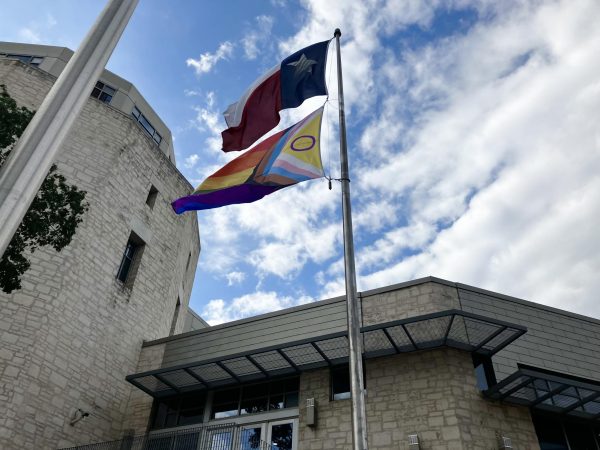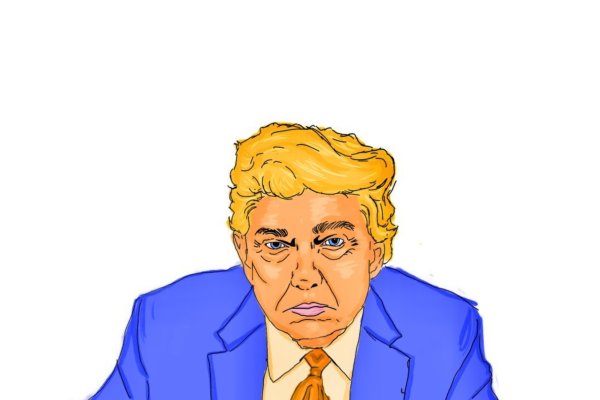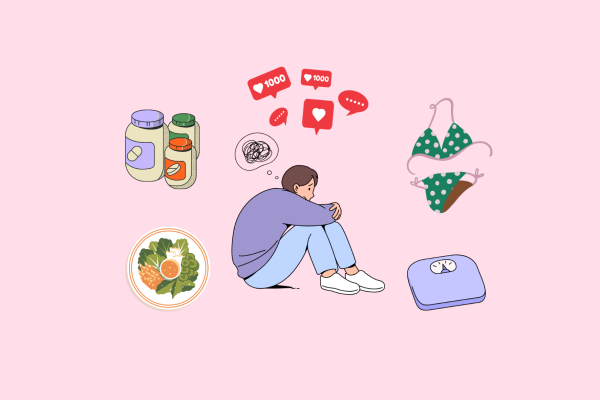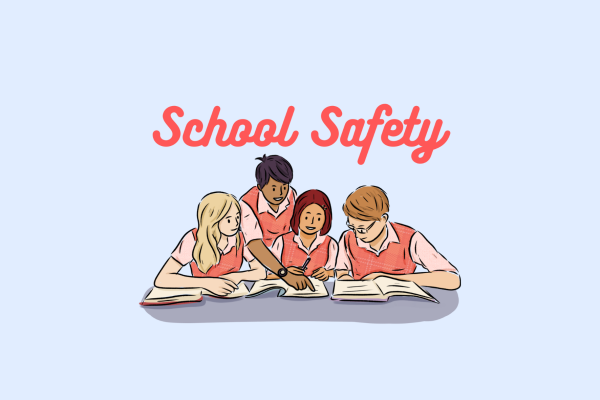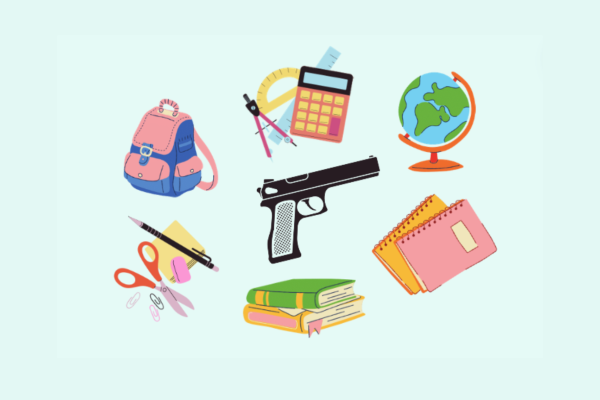Additions to the ADL’s Hate Symbol Database Highlight the Need to Combat Hate
Opinion
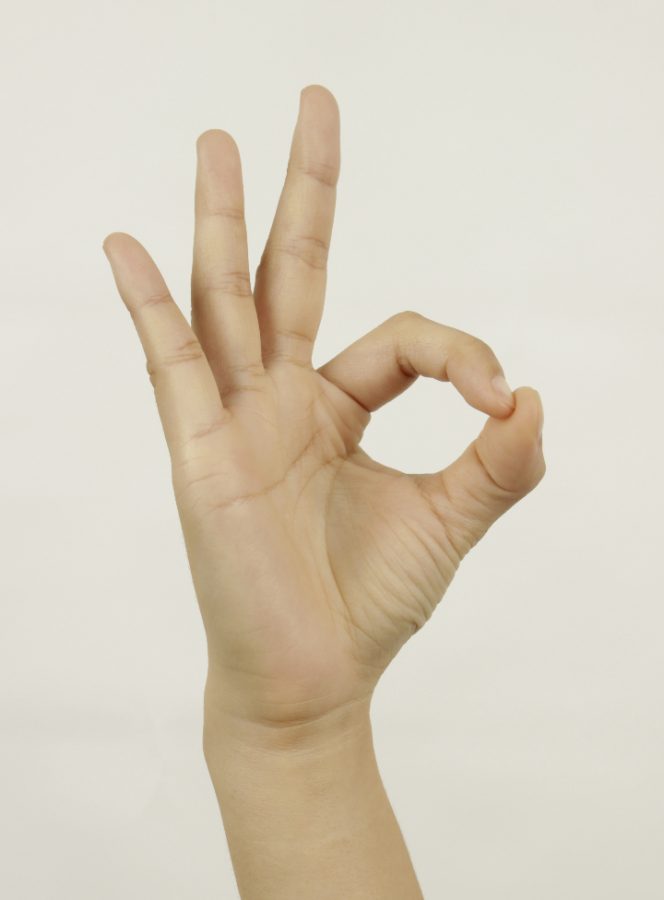
Along with several other symbols, the okay hand gesture was added to the ADL’s Hate on Display database on Sept. 26. Photo courtesy of Peakpx.
The Anti-Defamation League (ADL) continued the long-standing fight against hate on Thursday, Sept. 26 with the addition of several new hate symbols to its Hate on Display database, which tracks the use of symbols and slogans by hate groups. The symbols added include the ‘OK’ hand gesture and Pepe the Frog. However, these new additions have prompted some people to question whether the ADL has become too sensitive with its criteria for adding to the database.
The primary concern that people have with the new additions to the database is that many symbols they view as innocent in nature are now being misconstrued as hate symbols. In the past, several harmless symbols have been twisted due to their adoption by hate groups. Some of the symbols included in the ADL’s database are 88 (standing for Heil Hitler), 100% (used by white supremacists to denote an all-white society), and 12 (denoting Aryan Brotherhood groups). However, the ADL has made it clear that context is still the most important part of determining whether a symbol can be construed as hateful. “All the symbols depicted here must be evaluated in the context in which they appear,” the ADL’s website writes. “Few symbols represent just one idea or are used exclusively by one group.” No one taking a mathematics class has been accused of being a white supremacist because they wrote the number 12 as an answer, and for good reason. Understanding the context that potential hate symbols appear in is critical to identifying them.
This same line of reasoning can be applied to the new entries in the database. One of the new entries in the database is the bowl haircut. Though the vast majority of people who sport such a style aren’t racist, it is widely used by hate groups as a reference to white supremacist and mass murderer Dylann Roof, who had a bowlcut. In order to properly identify the haircut’s meaning in any given situation, it is crucial to look at the context.
The inclusion of lesser-known symbols is critical to the success of the database. The database offers a centralized and reliable system for law enforcement, schools, and other organizations to refer to so that they may better enforce anti-hate laws or rules of the organization. It also plays an important role in the wide-ranging training courses that the ADL makes available to law enforcement. If the database is missing even the most mundane symbols, the organizations that utilize the database will have a harder time enforcing anti-hate laws and rules.
Hate groups will always try to appropriate symbols in the mainstream for their own purposes. Criticizing the groups that track this, such as the ADL, does nothing to solve this problem. We must let the ADL continue their work of aiding authorities in fighting hate. Ignoring the problem won’t help us solve it. Instead, we must remember that although hate groups’ voices may seem louder than ours, we still far outnumber them. Rather than giving up on the bowl cut, or stopping use of the OK gesture, or forgoing Pepe the Frog, we should use them even more frequently with the proper and harmless meanings they should represent. We shouldn’t shun these symbols, we should embrace them. The moment that we accept them as hate symbols, the white supremacists, neo-Nazis, and nationalists win.

Besides being an editor for Student Press, I enjoy learning about new things, primarily through reading, but also the occasion documentary or YouTube video....

